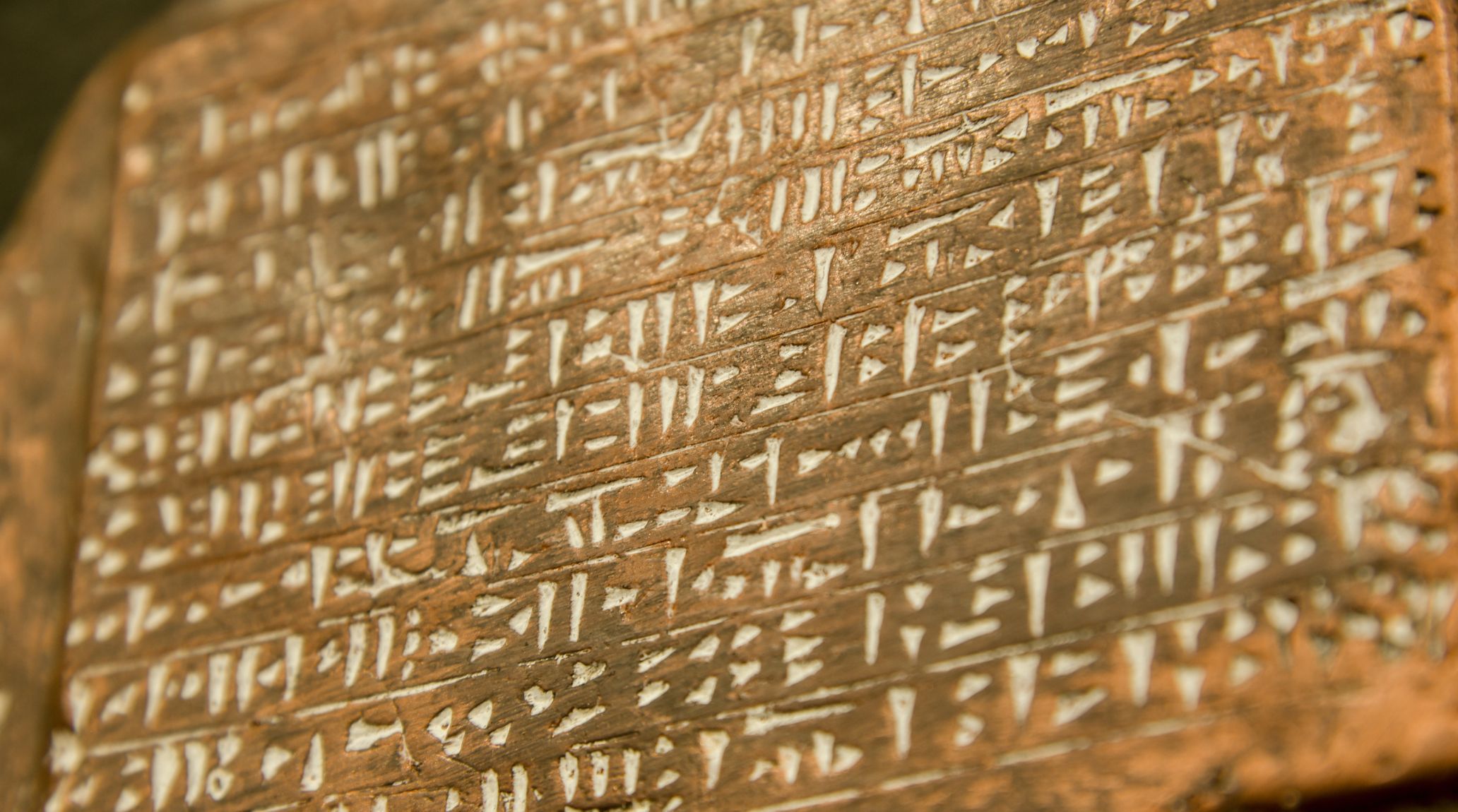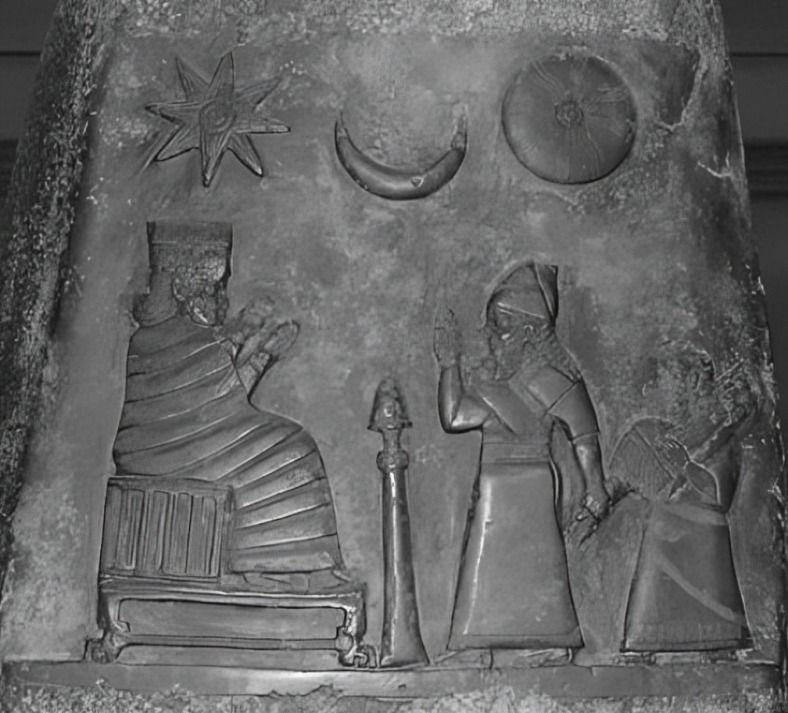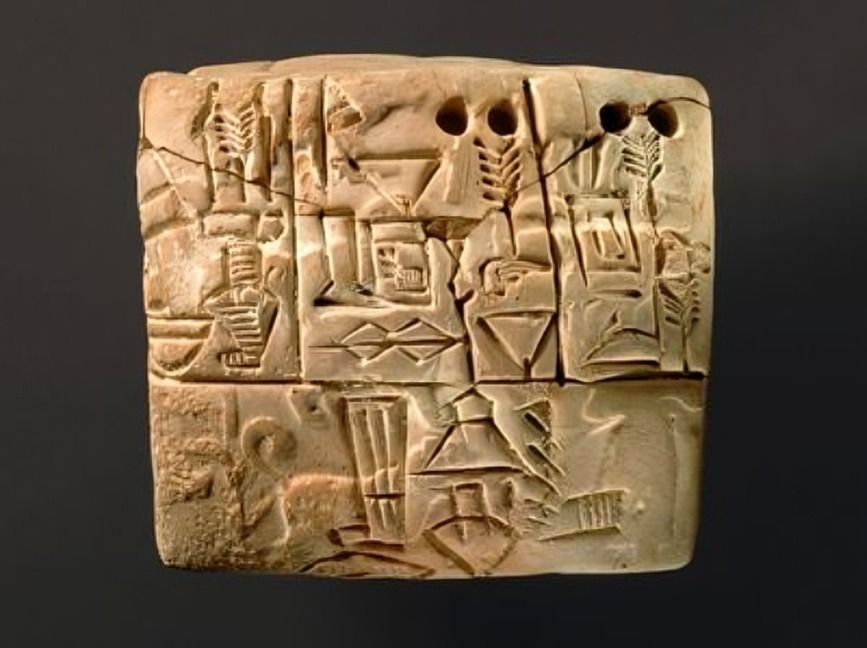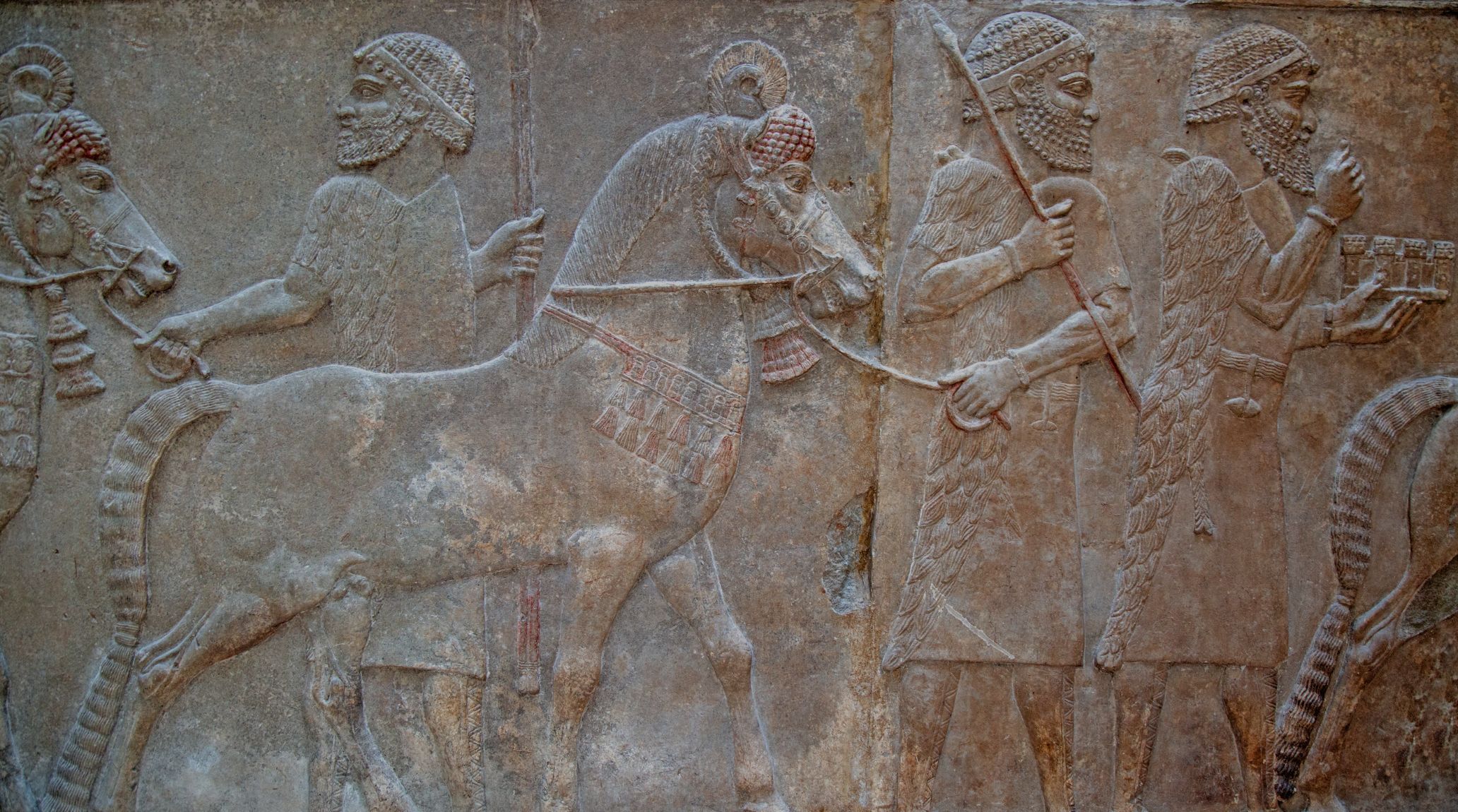
“
Mesopotamia, often known as the cradle of civilization, made groundbreaking strides in both astronomy and mathematics. In this blog, we explore 20 amazing facts about Astronomy and Mathematics in Mesopotamia, showcasing how ancient scholars advanced our understanding of the cosmos and developed complex numerical systems. 1
1
1
1
”
Mesopotamian astronomers created one of the earliest star catalogs, recording constellations and planets. This foundational work significantly influenced future astronomy and left a lasting impact on subsequent cultures.1
Babylonians were pioneers in mathematical astronomy, developing systems like the Mul. Apin. These advanced tables allowed them to predict celestial events and planetary movements with remarkable accuracy.2
Mesopotamian scholars devised the sexagesimal (base-60) numeral system, which is still used today for measuring time and angles. This system allowed for precise calculations and has had a lasting impact on modern mathematics.3
The concept of dividing a circle into 360 degrees originated in Mesopotamia. This division, based on their base-60 system, facilitated complex geometric calculations and influenced how we measure angles and time.4
Mesopotamian mathematicians recorded calculations and astronomical observations on clay tablets with cuneiform writing, offering valuable insights into ancient mathematical practices and early scientific development.5
The Mesopotamians developed early methods for solving quadratic equations. Their mathematical techniques, though not as advanced as modern algebra, laid the groundwork for future mathematical theories and problem-solving approaches.6
The Babylonians created a detailed lunar calendar based on their observations of the moon's cycles. This calendar was used to schedule agricultural activities and religious festivals, demonstrating their advanced understanding of lunar cycles.7
Mesopotamian mathematicians used arithmetic and geometry in architectural design, enabling the construction of impressive structures like ziggurats and temples, highlighting their practical application of mathematical principles.8
The Mesopotamians practiced a form of early trigonometry to calculate angles and distances. Their methods were applied in land surveying and astronomy, highlighting their advanced understanding of geometric relationships.9

Babylonian astronomers developed the earliest known astronomical models to explain the apparent motion of celestial bodies. These models were used to predict the positions of planets and stars, showing their advanced observational skills.
Mesopotamia's base-60 system was crucial for precise astronomical calculations and complex computations, enabling accurate measurements and significant scientific advancements that greatly influenced their understanding of the cosmos.10
Mesopotamian astronomers observed and recorded the motions of Venus, identifying it as both the Morning Star and the Evening Star. Their detailed observations contributed to early planetary science and calendar systems.11
The ancient Mesopotamians made significant contributions to understanding the concept of time. They divided the day into 12 hours based on their observations of the sun's movement, which influenced subsequent timekeeping systems.12
The Babylonians used a combination of observational data and mathematical calculations to create accurate planetary ephemerides. These tables predicted the positions of planets over time, showcasing their advanced celestial mechanics.13
Mesopotamian scholars developed methods for calculating areas and volumes. Their techniques for measuring land and constructing buildings demonstrated a practical application of their mathematical knowledge in daily life.14

The ancient Sumerians' innovation of writing enabled them to record and transmit their mathematical and astronomical knowledge. Cuneiform tablets preserved their calculations and observations for future generations, influencing later civilizations.
The ancient Babylonians developed early methods of interpolation to estimate values between known data points. This mathematical technique, used in their astronomical calculations, demonstrated their advanced problem-solving skills.15
Mesopotamian astronomers observed the precession of the equinoxes, the gradual shift in Earth's axis over time. Their records of this phenomenon provided early evidence of the Earth's long-term astronomical cycles.16
The Mesopotamians applied their mathematical knowledge to trade and commerce, enabling complex calculations that facilitated economic transactions and helped develop a sophisticated economy.17
Ancient Mesopotamians were pioneers in using tables for astronomical and mathematical calculations, streamlining their scientific work and enhancing their understanding of the cosmos.18


